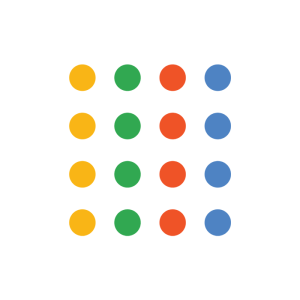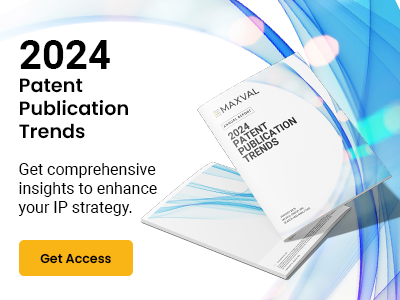The COVID-19 pandemic has pushed us all into the ether. We’re working online, shopping online and even having family gatherings online. It has also accelerated the move from traditional medical appointments to virtual doctor visits, referred to as telehealth or telemedicine.
Telehealth is the use of electronic information and telecommunications technologies to support and promote long-distance clinical health care, patient and professional health-related education, public health and health administration (Source: U.S. Department of Health and Human Services). Telemedicine is a specific branch of telehealth focused on facilitating health professionals to provide services to patients who are in remote locations. It involves using advanced telecommunication to consult with patients and transfer medical data and information, such as high-resolution images and videos needed for consultation, diagnosis, treatment and monitoring of the patients.
Some of the advantages of telemedicine are listed below:
- Lower treatment costs
- Improved healthcare access in remote areas and to those with mobility issues
- 24/7 access to specialists
- Improved patient experience by reducing wait and travel times
- Improved efficiency of healthcare systems by reducing visits to emergency rooms and hospitalization
- Improved quality of healthcare
Telemedicine is not a new concept. It was envisioned as early as 1924 when science fiction writer, Hugo Gernsback, described a tool he called “teledactyl”, configured with robotic fingers and a video projection feed to examine a patient from afar. Recent advances in information and communication technology have made such long distance approaches possible. However, the general adoption of telemedicine has been thwarted by various barriers such as government regulations, low interest amongst existing practitioners, reimbursement difficulty for patients and insurance providers and the need for stringent data privacy rules. Additional roadblocks include the cost of the technology, a perceived increased risk of misdiagnosis, the lack of awareness of telemedicine services and technical competence among patients to use telemedicine services. These barriers have become minor bumps in the road in the wake of COVID-19, which has made remote healthcare services, a necessary tool in the fight against the virus.
A review of patents and patent applications related to telemedicine revealed that innovations in this space can be broadly categorized under one or more of the following areas: (1) Consultation and Scheduling, (2) Telediagnosis, (3) Remote Monitoring, (4) Treatment, and (5) Non-Clinical – Mentoring, Research, Analytics, EMR, etc. Let’s take a closer look at these areas.
- Consultation and Scheduling
- Telediagnosis
- Remote Monitoring
- Treatment
- Non-Clinical
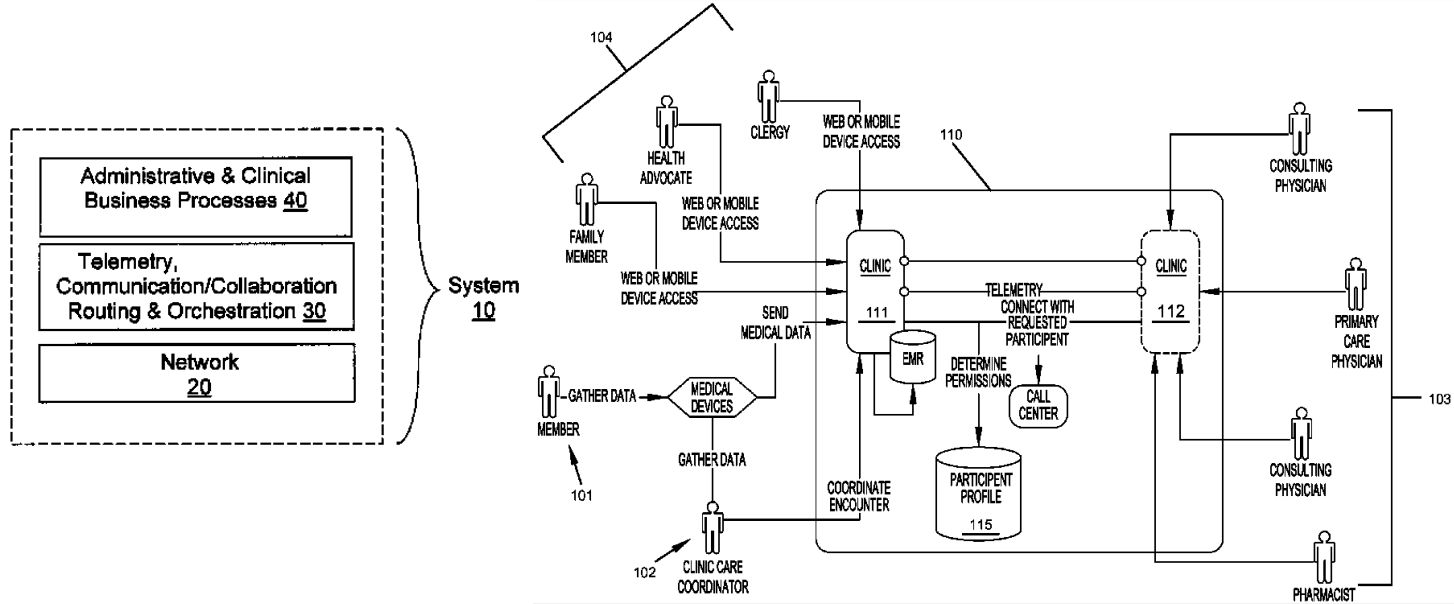
Telehealth Communications Network Configured as a Common Integrated Network that Facilitates Provider-customer Interaction
U.S. patent 8,799,010 assigned to UnitedHealth Group, describes a telehealth communications network that provides remote access to healthcare. The system creates a continuum from monitoring a patient to dispensing care. In certain implementations, the network may be controlled by a health insurance provider and may provide access for all insured members to the telehealth communications network so that they may receive healthcare at any place where a sufficient bandwidth connection is available.
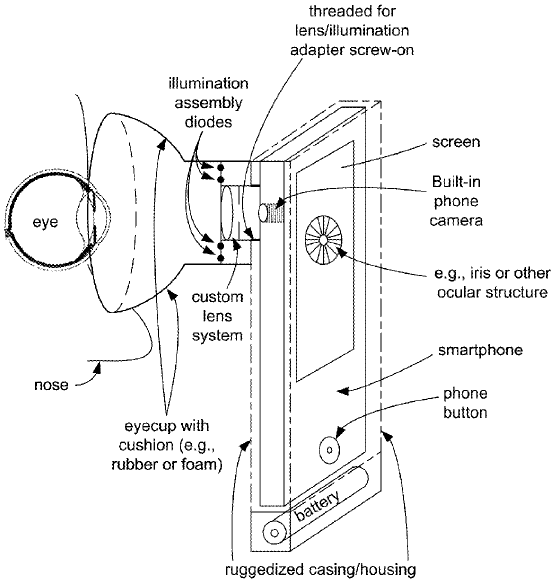
A Smartphone-based Microscope/Ophthalmoscope
U.S. patent application, 20180153399 assigned to University of Arizona, describes a system consisting of a smartphone-based ophthalmic microscope or ophthalmoscope, an ophthalmic slit lamp, a pupillometer, a fundoscope, a stereo imaging device, a hyperspectral camera, and a Scheimpflug camera. The smartphone-based microscope/ophthalmoscope can be equipped with a server-based telediagnostic analysis capability.
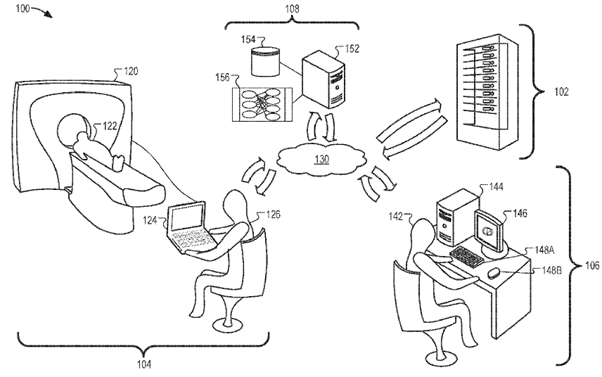
A System Configuration Enabled for Processing, Coordinating, and Directing Medical Imaging Data in Connection with a Machine Learning Workflow
U.S. patent application, 20190279363 owned by Virtual Radiologic Corp., discloses a medical evaluation machine learning workflow that is illustrated in a trauma protocol workflow for processing medical imaging data. For instance, a deep learning model may be used for automated image recognition of a particular medical condition on image data, and applied to the image data to recognize characteristics of the particular medical condition which feeds into an electronic workflow for performing a diagnostic evaluation.
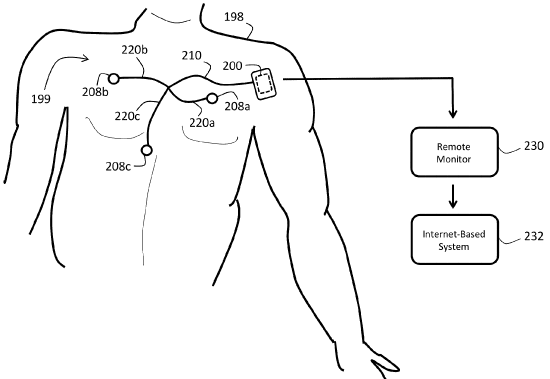
A Body-worn ECG Monitoring System that Measures ECG Information and Wirelessly Transmits it to an Internet-based System Associated with the System
Telemetry systems used for providing medical health services aid the physician to collect data from patients, conduct research, and perform analysis on the data. Internet based systems, such as the one disclosed by Baxter Healthcare in U.S. patent 9282894 collects data seamlessly from a patient before, during, and after a cardiovascular procedure such as electrophysiology. The system collects information describing the patient’s response to programmed electrical stimulation (PES) and the ablation process, ECG waveforms and other features, such as cardiac arrhythmias, patient demographics, and patient outcomes. Once the data is collected, the system stores it on an internet-accessible computer system that can deploy a collection of user-selected and custom-developed algorithms. Before and after the procedure, the system also integrates with body-worn and/or implanted devices to collect similar data while the patient is either ambulatory, or in a clinic associated with a hospital. The figure above, depicts a body-worn ECG monitoring system that measures ECG information and wirelessly transmits it to an associated internet-based system.
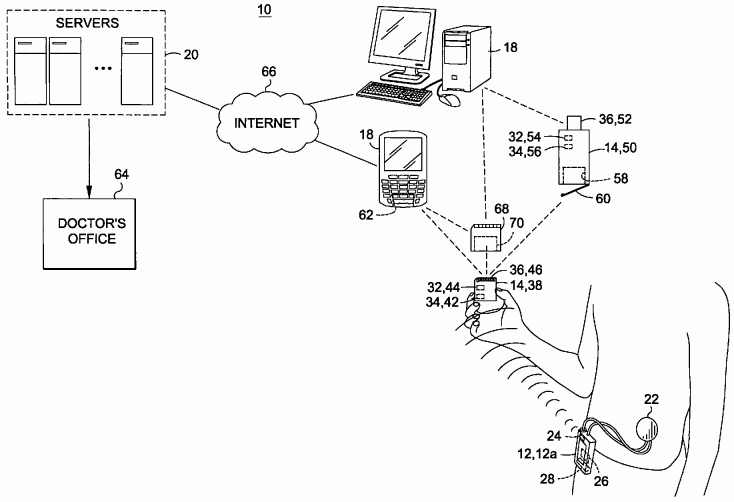
A Data Acquisition Device used in Conjunction with a Wireless Storage Device to Transfer Data to a Portable Electronic Device and Remote Server
Embodiments of systems for acquiring and transferring data to a remote server are disclosed in U.S. patent application 20080281165. In a basic embodiment of the invention, a system is provided for acquiring and transferring data to a remote server via a wireless storage device. The system includes a data acquisition device, such as a biosensor, for acquiring physiological parameters including glucose readings, blood pressure, cholesterol from a patient. The data acquisition device subsequently transmits the data to the memory of a wireless storage device. The figure above depicts a basic embodiment of the invention illustrating a data acquisition device used in conjunction with a wireless storage device to transfer data to a portable electronic device and remote server.
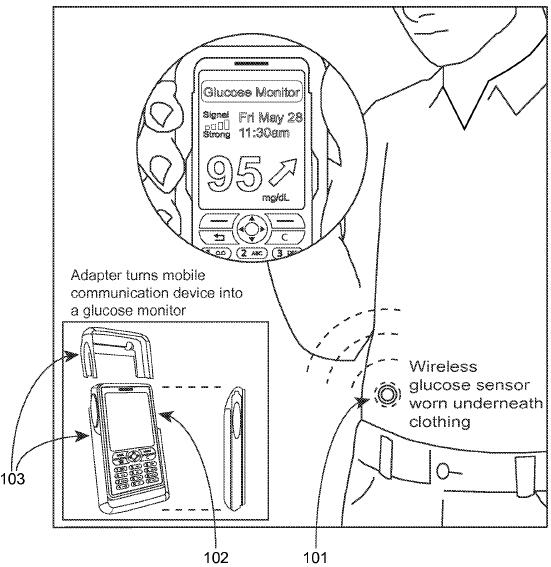
A System Having a Mobile Communication Device Fitted with an Adapter to Allow for Wireless Communication of Sensor Data from a Biometric Sensor to the Mobile Communication Device
PCT application WO2012108935 filed by Abbott Diabetes Care, describes a system in which a mobile communication device is fitted with an adapter to allow for wireless communication of sensor data from a biometric sensor to the mobile communication device. The figure above provides a depiction of the system. The mobile communication device communicates the sensor data to one or more authorized stakeholders, such as a healthcare professional, or a family member, via the cloud or one or more wireless networks.
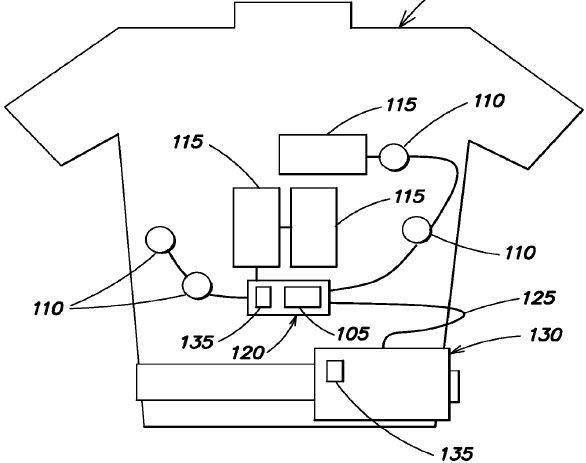
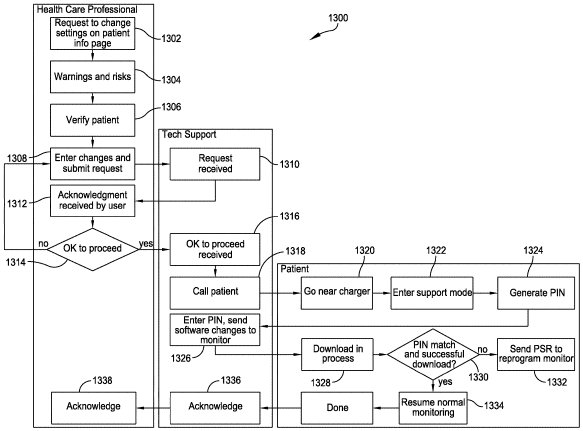
Illustrations showing (i) a Treatment Device Positioning on a Subject, and (ii) a Flowchart showing the Method for Configuring and Reconfiguring a Remote Treatment Device
U.S. patent 9878171 assigned to Zoll Medical Corp. discloses a system with a wearable ambulatory, therapeutic and monitoring device. The device includes a cardiac sensing electrode, a treatment electrode, a user interface, and a sensor. The cardiac sensing electrode is positioned outside the body of the subject and detects cardiac information. The treatment electrode is positioned outside the body of the subject and is designed to apply treatment to the subject. The flowchart above depicts the method of configuring or reconfiguring the wearable medical treatment device remotely.
Innovations under the non-clinical areas of telemedicine can be diverse and include systems for education, mentoring, research, remote scribing, etc.
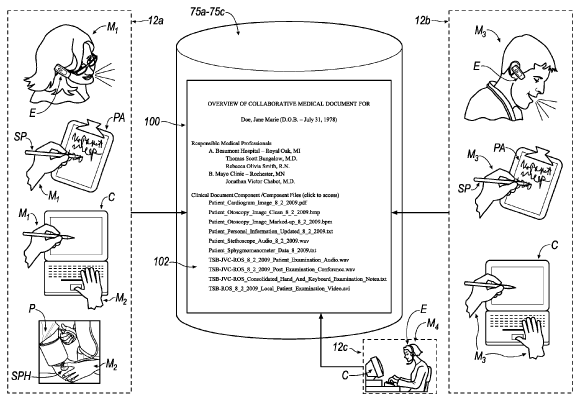
Illustration of a Real-time, Collaborative Editing of an Electronic Medical Document
U.S. patent application 20110046983, for example, discloses a system that aids with healthcare documentation. The system includes one or more devices at a local location that are connected to devices at remote locations, and it allows collaborative and concurrent editing of the healthcare document. The system includes several devices that aid a remote professional with editing an image captured locally, thereafter the collaboratively edited document is stored in a database.
Telemedicine and telehealth is expected to grow at a rapid pace even in the post-COVID world. One report estimates that the telehealth market will grow to USD 55.6 billion by 2025. Telemedicine is expected to have a major role in modern medicine by improving the experience of healthcare providers, clinicians, patients and other stakeholders. Studies have shown the reduction in hospital mortality rates when telemedicine interventions were allowed to critical care patients. Certain challenges, such as technology resistance by practitioners and patients, the high cost of implementation, limited capabilities, insurance coverage, data privacy and safety issues will have to be overcome.
